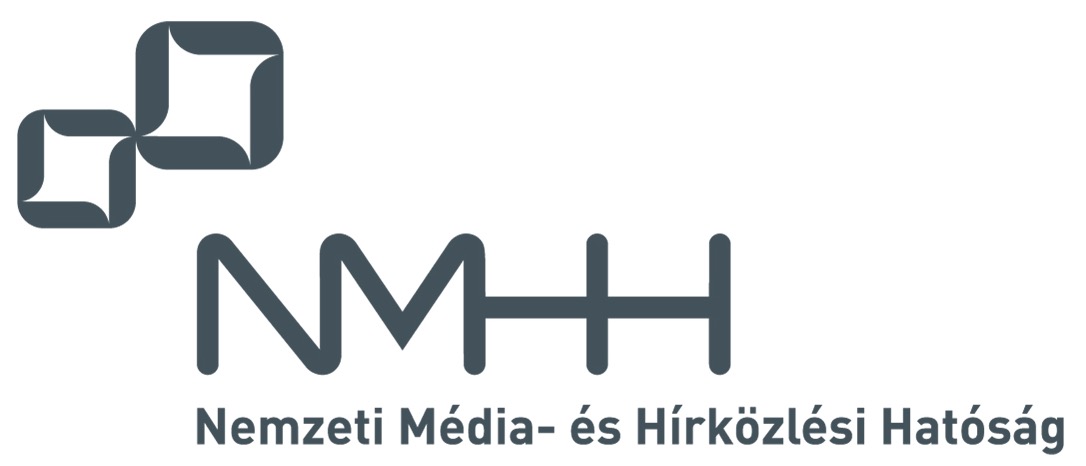Nelson Mauro Maldonato, Benedetta Muzii, Mario Bottone, Raffaele Sperandeo, Donatella Di Corrado, Grazia Isabella Continisio, Teresa Rea, Anna Esposito
Unitas Multiplex. Biological architectures of consciousness
The so-called Posthuman question - the birth of organisms generated by the encounter of biological and artificial entities (humanoid robots, cyborgs and so on) – is now on the agenda of science and, more generally, of contemporary society. This is an issue of enormous importance, which not only poses ethical questions but also, and above all, methodological questions about how it will be achieved on a scientific plane. How such entities will be born and what their functions will be? For example, what kind of consciousness will they be equipped with, in view of the function of consciousness for distinguishing the Self from others, which is the foundation of the interactive life of relationships? Many scholars believe that rapid technological progress will lead to the emergence of organisms that will simulate the functions of the mind, learn from their experiences, decode real-world information, and plan their actions and choices based on their own values elaborated from vast amounts of data and metadata. In the not-too-distant future, it is believed that these entities will acquire awareness and, consequently, decisional freedom, and perhaps even their own unique morals. In this paper, we try to show that the path towards this goal cannot avoid clarification of the problems that neuroscience has ahead of it. These problems concern: a) the way in which consciousness comes about on the basis of well-defined brain processes; b) how it represents its own organization and not a simple brain function; c) how simultaneously contains multiple distinct contents, each with its own intentionality; d) how it expresses dynamic evolutionary relations and not a set of phenomena that may be isolated; e) finally, how its order is not rigidly hierarchical, but is supported by a multiplicity of horizontal levels, each of which is in structural and functional continuum with different phenomenal events. The empirical and theoretical research effort on this topic provides an intensive contribution to the development of IC Technologies.
Reference:
DOI: 10.36244/ICJ.2020.1.2
Please cite this paper the following way:
Nelson Mauro Maldonato, Benedetta Muzii, Mario Bottone, Raffaele Sperandeo, Donatella Di Corrado, Grazia Isabella Continisio, Teresa Rea and Anna Esposito, "Unitas Multiplex. Biological architectures of consciousness", Infocommunications Journal, Vol. XII, No 1, March 2020, pp. 10-16. DOI: 10.36244/ICJ.2020.1.2





